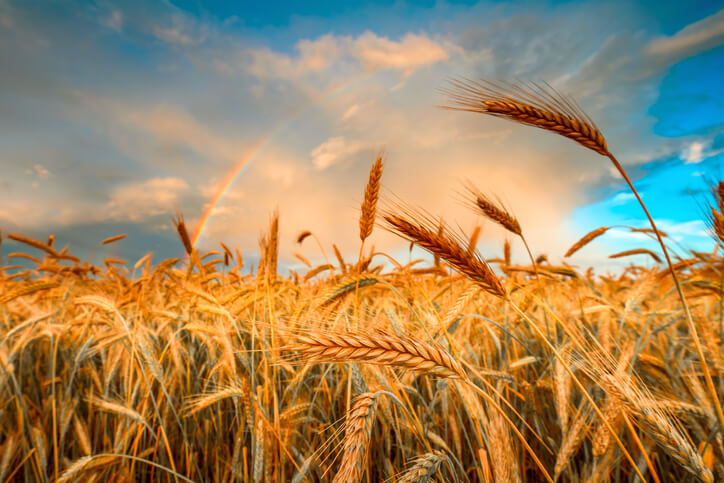Wheat Shortage and Food Insecurity: Why We Need to Act in 2023?
Millions of people rely on wheat, one of the most significant staple crops in the world, for their nourishment. However, in recent years, there has been a growing concern over the global wheat shortage. Climate change, decreased wheat output owing to pests and diseases, dietary changes, and political and economic reasons that impact wheat trade are only a few of the causes of this scarcity.
Table of contents
- Causes of Wheat Shortage: Understanding the Global Crisis
- Wheat Shortage After Russia Invaded Ukraine
- The Impact of Wheat Shortage: Consequences for Food Security and the Economy
- Global Wheat Production and Yield in 2022
- Responses to Wheat Shortage: Strategies for Addressing the Global Crisis
- Youtube Video About Wheat Shortage
- Final Thought
- You May Also Like
- FAQ
Causes of Wheat Shortage: Understanding the Global Crisis
A substantial source of nourishment and sustenance for billions of people, wheat is one of the most significant staple crops in the world.
However, there has been an increase in worry in recent years regarding the shortage of wheat in many parts of the world. Which could result in price increases, food insecurity, and even famine.
Climate Change

One of the biggest contributors to the global wheat shortage is climate change. Increased global temperatures, altered precipitation patterns, and extreme weather phenomena like droughts and floods have all drastically decreased wheat yields.
The Intergovernmental Panel on Climate Change (IPCC) estimates that climate change has already caused a 5.5% decline in worldwide wheat output between 1981 and 2002.
It is anticipated that this pattern would persist, making it harder and harder to supply the rising demand for wheat.
Land Use Changes

Another factor contributing to the wheat shortage is the conversion of arable land to other uses. Such as urbanization, mining, and deforestation.
This pattern is especially noticeable in emerging nations where urbanization and population expansion are increasing the demand for non-agricultural land. Because of this, there is less land available for growing wheat, which is worsening the global wheat crisis.
Pests and Diseases

Additional significant causes of the global wheat shortage include pests and diseases. Numerous pests and diseases, such as stem rust, which can wipe out entire crops, can affect wheat.
Additionally, it has become more challenging to control pests and diseases using conventional methods. Due to the appearance of new ones as well as the evolution of existing ones.
Wheat yields have decreased as a result, especially in underdeveloped nations where farmers do not have access to the most recent crop protection methods.
Political and Economic Factors

Political and economic factors also play a significant role in the wheat shortage. For instance, trade regulations, import quotas, and exchange rate swings can have an impact on the accessibility and cost of wheat in various parts of the world.
Additionally, armed conflicts and wars can impede the distribution and production of wheat, sometimes resulting in famine and food shortages.
Instability in the economy and poverty can also make it harder for farmers to invest in their crops. Which can result in lower yields and poorer productivity.
Wheat Shortage After Russia Invaded Ukraine
Because of Russia’s invasion of Ukraine in February of last year, there were worries that there may be shortages of wheat and increased costs for items made from wheat.
Together, Russia and Ukraine export more wheat than a fourth of the world’s total.
The majority of nations importing wheat have low production capacity, according to the US Department of Agriculture (USDA), with North and sub-Saharan Africa, the Middle East, and Southeast Asia being the main growing markets for wheat imports.
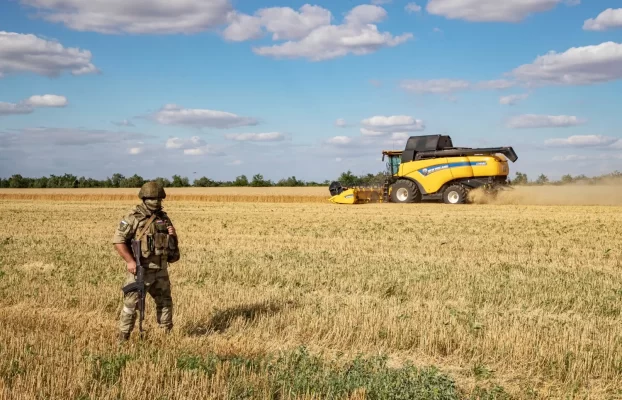
However, the predicted global wheat shortage did not fully materialize. Although there was a 25% decrease in wheat production in Ukraine, this was offset by higher production elsewhere, including in Canada and Russia.
Additionally, three Ukrainian ports were able to export commercial food after Ukraine was able to resume grain exports via the Black Sea.
According to the United Nations (UN), the decision to prolong the agreement in November caused a 2.8% drop in wheat prices worldwide.
The decline in wheat exports from Ukraine was offset, according to Monika Tothova, an economist with the UN Food and Agriculture Organization (FAO), by a rise in output in other nations.
The Impact of Wheat Shortage: Consequences for Food Security and the Economy
Not only are farmers and food producers concerned about the scarcity of wheat in many regions of the world, but also the global economy and food security.
A substantial source of nourishment and subsistence for billions of people, wheat is an essential staple crop.
Food Insecurity

Food insecurity is the most noticeable direct effect of the wheat scarcity. Wheat prices often rise when the supply falls short of the demand, making it difficult for low-income people to afford this important basic commodity.
Famine can occasionally result from a lack of wheat, especially in developing nations where securing food is already a major problem.
The availability and cost of other commodities that depend on wheat, such as bread, pasta, and baked products, can also be impacted by the wheat crisis.
Economic Consequences of Wheat Shortage
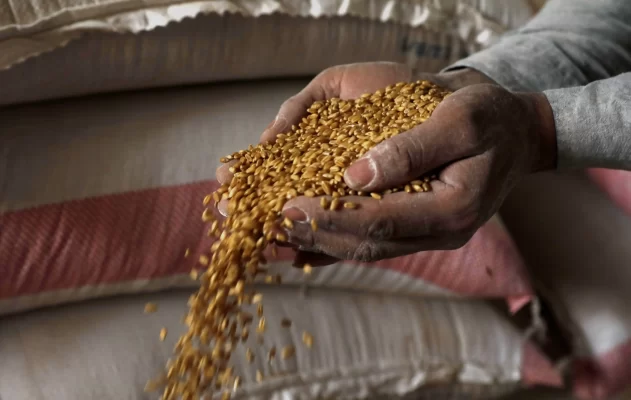
The wheat shortage can have significant economic consequences, particularly in countries where wheat is a major export crop.
Low wheat yields might result in lower export revenues, which can have an impact on the trade balance and overall economic growth.
In addition, high wheat prices may cause inflation, which may have an effect on customers’ spending power and lessen demand for other products and services.
Reduced yields, lower revenues, and greater production expenses may also put farmers in a difficult financial position.
Health Implications

Carbohydrates, fiber, and other elements necessary for optimal health may all be found in wheat. When wheat is in short supply, people could be forced to rely on alternative, less nourishing meals, which can result in malnutrition, especially in children.
Furthermore, programs for food fortification, which aim to address micronutrient deficiencies, like those in iron and zinc, in vulnerable populations, may be impacted by the wheat shortage.
Social Impacts of Wheat Shortage

The wheat shortage can have significant social impacts, particularly in rural communities where agriculture is a primary source of livelihood. Low wheat yields may cause farmers to relocate to cities in search of work, causing social upheaval and the dissolution of traditional villages.
Additionally, the lack of wheat may have an impact on social services like education, particularly in developing nations where resources are already scarce.
Global Wheat Production and Yield in 2022
| Country | Production (million tons) | Yield (tons per hectare) |
| China | 134.5 | 4.8 |
| India | 106.5 | 2.9 |
| Russia | 73.3 | 2.8 |
| United States | 52.3 | 3.1 |
| France | 39.3 | 7.5 |
| Germany | 23.5 | 7.0 |
| Canada | 32.3 | 3.7 |
| Australia | 15.2 | 1.6 |
Responses to Wheat Shortage: Strategies for Addressing the Global Crisis
There is rising worry about the global wheat scarcity, which has a big influence on social well-being, economic health, and food security.
Various tactics that aim to boost sustainable agriculture, lower demand, and increase the supply of wheat are needed to address this issue.
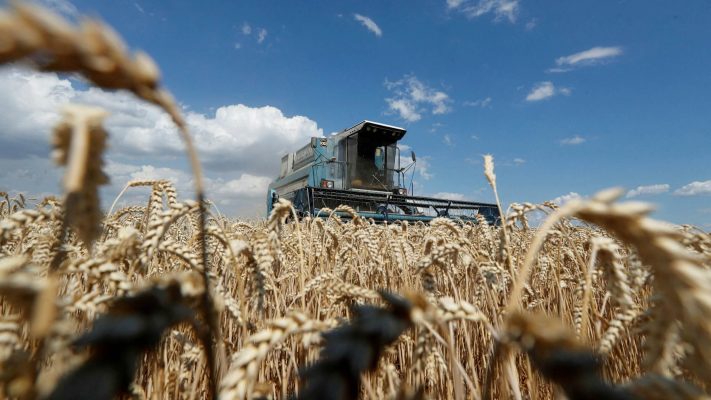
Improving Agricultural Productivity
One of the most effective responses to wheat shortage is to improve agricultural productivity. This may be accomplished via a variety of tactics, such as the creation of novel crop types, the use of cutting-edge farming methods, and the adoption of sustainable agriculture practices.
For instance, farmers may increase yields and cut expenses by using precision agriculture to optimize inputs like water and fertilizer.
Increasing Investment in Research and Development
Increasing investment in R&D is another way to address the lack of wheat. This can aid in the discovery of novel crop types that are more productive overall, adaptable to climate change, and resistant to pests and diseases.
In addition, research can aid in the creation of novel crop protection techniques like biological controls that can lower the need for pesticides and advance sustainable agriculture.
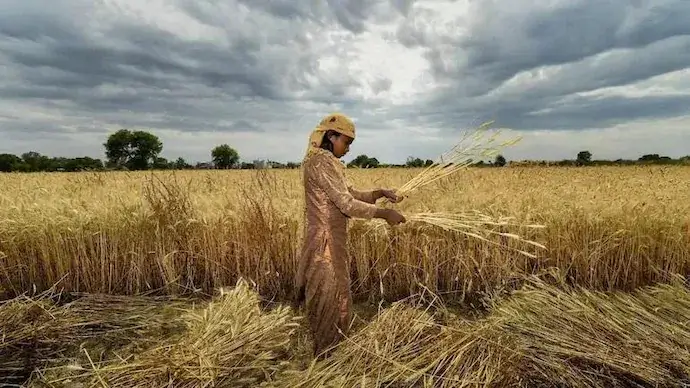
Improving Trade Policies and Economic Stability
Another crucial reaction to the wheat scarcity is to enhance trade policy and economic stability. This may be accomplished by taking a variety of steps, such as removing trade restrictions, advancing fair trade, and creating stable economic circumstances that support investment in agriculture.
Additionally, enhancing farmers’ access to credit and other financial resources can support them and lessen their vulnerability to economic shocks.
Promoting Sustainable Consumption Patterns
Another critical reaction to the wheat shortfall is the promotion of sustainable consumption behaviors. This may be accomplished through promoting sustainable and nutritious diets, cutting down on food waste, and encouraging the use of alternative protein sources through education and awareness-raising efforts.
Additionally, encouraging sustainable consumption can aid in lowering the demand for wheat and other staple crops, resulting in increased overall food security.
Youtube Video About Wheat Shortage
Are Wheat Prices Going Up?
Lately there has been an uptick, in wheat prices. This surge can be attributed to a range of factors, such as the effects of climate change on crop production, geopolitical tensions and disruptions in the supply chain.
Moreover the increasing global demand for wheat and inflationary pressures have also played a part in driving up prices. Taken together these circumstances have put pressure on wheat prices resulting in increases, across regions globally.
Why is There a Wheat Shortage in Pakistan?
Pakistan is presently grappling with a scarcity of wheat caused by a blend of factors. The foremost, among them is weather conditions that have considerably hampered crop production.
Furthermore hurdles in the domain like water scarcity and outdated farming practices worsen the situation. The shortage is also compounded by limitations and policy choices regarding wheat imports and exports which affect both its availability and price, within the country.
Final Thought
The global wheat shortage is a complex issue that requires a multifaceted response. The scarcity is a result of a number of issues, including climate change, decreased wheat output owing to pests and diseases, dietary changes, and political and economic factors that impact wheat trade.
The scarcity has far-reaching effects on food availability and pricing, nutrition and food security, as well as the social and economic well-being of farmers and communities.
You May Also Like
What You Need to Know About Whole Wheat Bread?
Supporting Ukraine – Ways to Help a Country in Need
FAQ
No global wheat shortage. Climate change, natural catastrophes, trade restrictions, and supply chain disruptions may cause shortages in some locations.
USA wheat shortages were minor in 2023. Localized shortages may result from weather, transportation, or export limitations.
Durum wheat is used for pasta. Drought, illness, pests, or trade restrictions may cause durum wheat shortages. North Africa, Europe, and the Middle East cultivate durum wheat. Thus, geopolitical tensions, export regulations, and supply chain disruptions could affect durum wheat availability and price.
UK wheat shortages were minor in 2023. However, climate, trade, and supply chain changes could affect UK wheat availability and price.
Italy had wheat in 2023. Italy imports wheat to suit domestic demand. Thus, trade policies, supply chain disruptions, and demand changes could affect Italy’s wheat supply and price.




